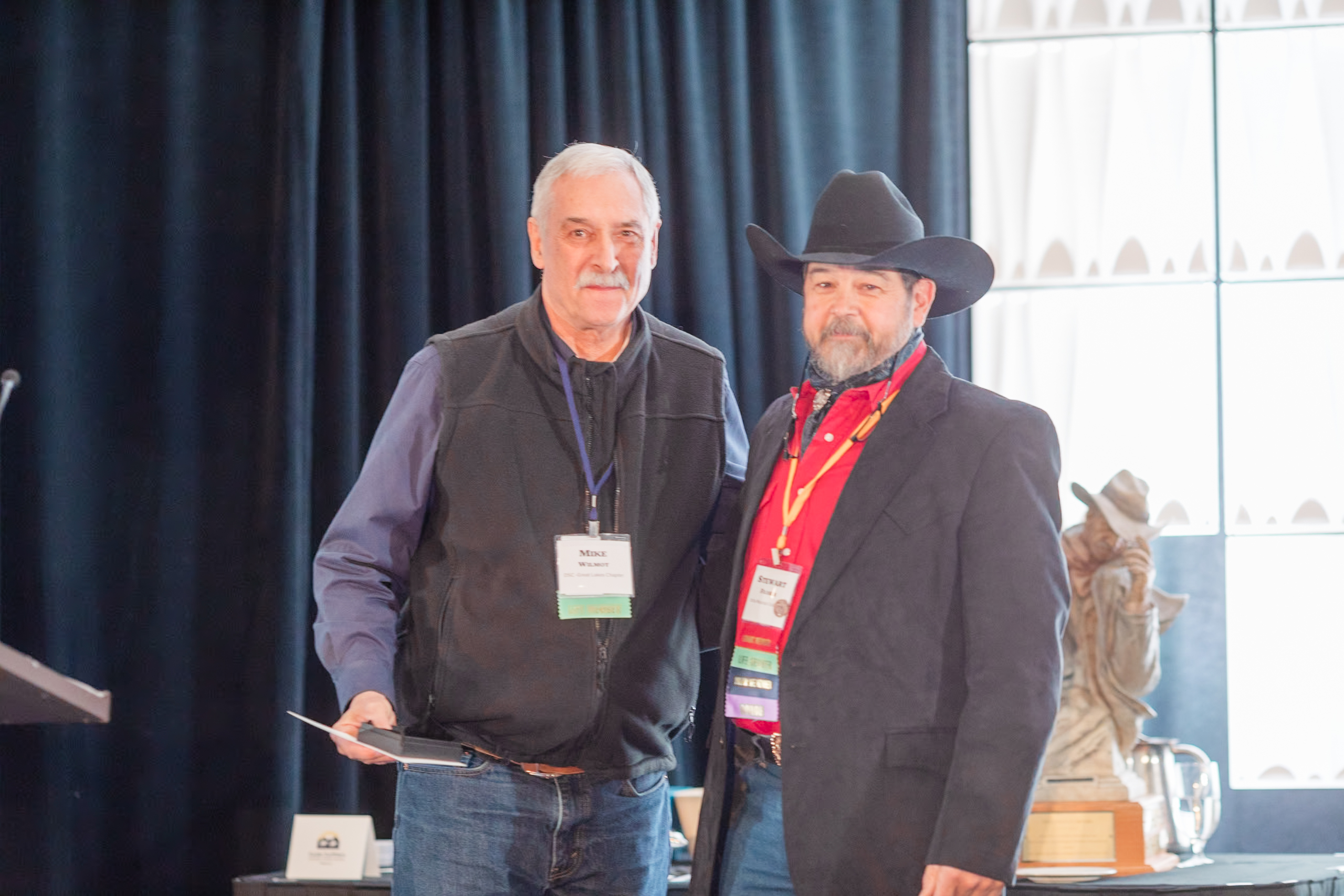By Terry L. Anderson, William A. Dunn Distinguished Fellow,
PERC, Bozeman, Montana, www.perc.org.
Banning hunting is not the answer to wildlife conservation, and the story of Galana Ranch sadly proves it.
Kenya banned hunting completely in 1977. The result of the ban is no better illustrated than on Galana Ranch, a property almost as large as Yellowstone Park. The Galana story is one that should be in every hunter’s arsenal for responding to anti-hunters because it illustrates what hunting can do for wildlife and what happens when hunting is banned. (Details of this story can be found in Galana: Elephants, Game Domestication, and Cattle on a Kenya Ranch.) Leaving emotion aside, hunter-conservationists must continue to provide evidence not rhetoric – something that anti-hunting zealots rarely do. Through examples such as Galana, hunters can drive home the message that hunting is sustainable conservation.
We pick up the story of Galana Ranch in 1960 when Martin Anderson ventured to the Dark Continent on his first hunt. He was lured to Africa by the sights and sounds familiar to all who have read Hemingway or Ruark, but his hunting passion quickly was directed to wildlife conservation.
In 1960, Kenyan wildlife was abundant and its politics were turbulent. The Mau Mau Rebellion signaled the end of colonial rule, leading most colonialists to ask one another, “Have you sold your land yet?” As a retired Marine, lawyer, and entrepreneur, however, Marty saw Kenya’ s challenges as an opportunity.

Having whetted his appetite by investing in a 1,500-acre farm, Marty took a giant leap into sustainable wildlife conservation when he bid on and won a 46-year lease on the 1.6 million acre Galana Ranch on the border with Tsavo East National Park.
As an astute businessman, financing the $100,000 winning bid and finding local management partners was not a problem, but conservation questions nagged Marty. “Was developing this virgin land the right thing to do? Would we destroy it for the elephant and the Waliangulu [bushmen]?” Ultimately, the prospect of conserving the land, the wildlife, and the native way of life trumped his concerns.
Marty and his partners developed pipelines, water points, roads, airstrips, and lodges, all of which contributed to the financial and conservation bottom lines. They generated revenues from 16,000 cattle and from hunting every species from the big five to the smallest duikers. Wherever possible they employed native Kenyans in their cattle and wildlife operations.
One of the first management challenges on Galana was to find a way to reduce elephant hunting by Waliangulu bushmen. Although they hunted only with poison-tipped arrows launched from wooden longbows with 100 pound draw weights and only for meat (not ivory), the Waliangulu were so proficient that they were decimating the Dabassa elephant herd, which roamed Galana and Tsavo East. Marty reported that one search “between the
Galana and Tana Rivers, discovered the carcasses of about 900 elephants” including “352 tusks, weighting more than 6,500 pounds.” Rather than trying to force them to stop killing elephants, Marty incorporated the Waliangulu into his elephant management program, allowing them to cull elephants on a sustained yield basis.

For 10 years, Galana made profits from safari hunting based on sound conservation principles. Marty’s success gives meaning to the old rancher adage, “If it pays, it stays.”
Unfortunately, Marty and the other Kenyan hunter-conservationists ultimately lost out to so-called animal “welfare” activists. In May 1977, anti-hunters succeeded in banning all “legal” hunting in Kenya. Without hunting, wildlife on Galana ceased being an asset. Hunting had provided a major source of revenue for sustainable, profitable, private conservation, but without hunting, there were no revenues and no hunters or guides in the field to police against poaching. Not surprisingly, poachers slaughtered more than 5,000 of the 6,000 elephants Marty and his partners had conserved. Perhaps more importantly, hunting provided native people with incomes and with meat, giving them incentive to be part of the conservation effort. With wildlife all but gone, the government proposed in 2013 to put 1.2 million acres of the original ranch under irrigation, a project that will not be sustainable.
In his philosophical way, Marty Anderson summarized the hunting/anti-hunting debate. “Sadly, the often emotional rhetoric between the hunting and the non-hunting communities obscures a large area of shared agreement. Both camps want passionately to preserve animal populations. Both sides know that wildlife needs protection from a shrinking wildlife habitat and a growing human population.” The difference is that Marty and his hunting clients were actually making wildlife and its habitat a sustainable asset.
In 2006, I was invited to Kenya to participate in a conference debating whether to resurrect Kenyan hunting. One of the sponsors of the conference, IFAW (International Fund for Animal Welfare), packed the first rows of the auditorium with anti-hunting advocates. My role was to debate famed Richard Leakey, director of the Kenya Wildlife Service when the hunting ban was implemented. Given his reputation and the sympathetic audience, I would have preferred facing a Cape buffalo with my bow as I had done a few years before. Leakey took the podium first as his allies listened intently. He opened saying “If anyone here thinks there is no hunting in Kenya, he is wrong. The ‘hunting’ is illegal hunting for bush meat, and it is decimating wildlife outside the protected areas.”
The comparison of data between Kenya and Botswana in the accompanying bar graph and the Galana story demonstrate that hunting is the engine of profit that allows sustainable conservation. When anti-hunting activists carry the day and prohibit hunting, as they did in Kenya, they kill the goose that lays golden eggs for the people of Africa and for the wildlife.
With such evidence, you would think the debate would be over, but the anti-hunting groups claiming to represent “animal welfare” continue their rant. While it is true that both hunters and anti-hunters want to preserve wildlife, as Marty said, only we hunters are doing something about it and we have the evidence to prove it. While they pound the table, we need to pound the data.
Terry L. Anderson is the William A. Dunn Distinguished Fellow at PERC in Bozeman, Montana. More information can be found at www.perc.org.




